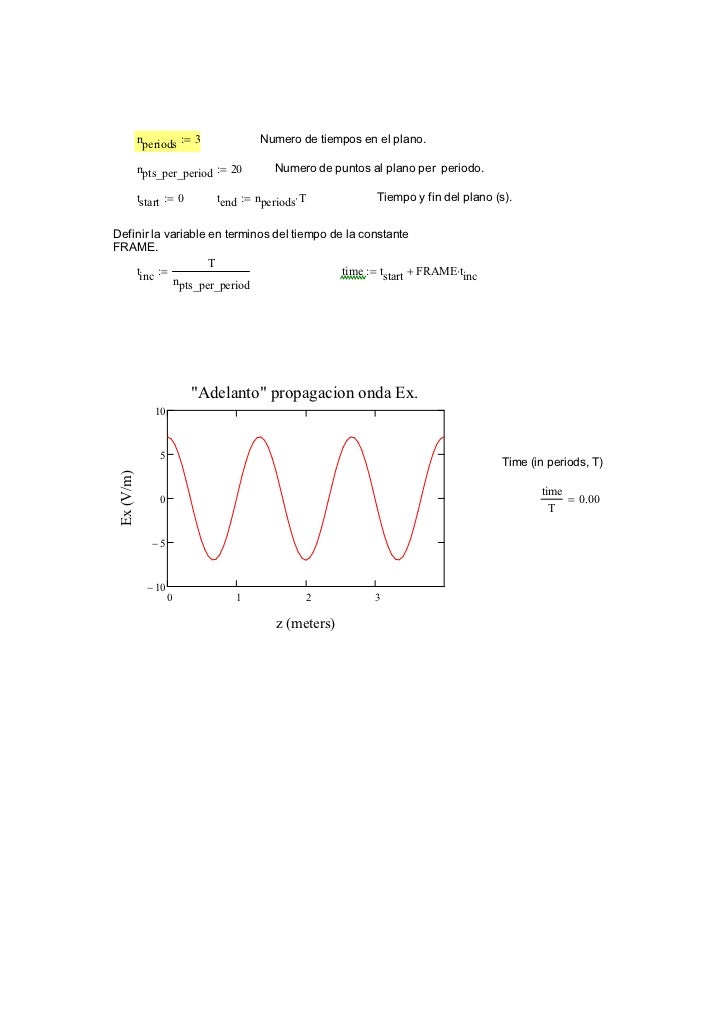

I have written programs using that method in several languages, including capabilities for getting complex roots. Why not program Newton-Raphson? It is as good or better than any other method, and not difficult to program for a general polynomial. If you check out that site, you might decide you do not want a formula for even the 3rd order polynomial. If you really want to investigate, try the following site. I do not think they are published anywhere.įighting your way through the algorithms to get a solution is bad enough. The formulae derivable from these algorithms are so messy that nobody ever uses them. It was proven over 100 years ago that such formulae cannot exist.įor 3rd & 4th order polynomials, there are algorithms leading to roots, real or complex. If (a + ib) is a root, then (a - ib) is also a root.Īs mentioned in a previous post, there is no formula for polynomials of order 5 or greater. If you do complex arithmetic, you can use the above to find complex as well as real roots. If you study the formula for above derivative a bit, you will see the rule for determining the derivative of any polynomial. Keep it up until two successive guesses are nearly equal. Use next guess to compute a better guess. NextGuess = LastGuess - Polynomial(LastGuess) / Derivative(LastGuess) Polynomial(x) = ax^4 + bx^3 + cx^2 + dx + e

Note that even order polynomials might not have any real roots, while odd order polynomials always have at least one real root.Ī good successive approximation method is Newton-Raphson, which works as follows (Fourth order polynomial used as example). Over 100 years ago, it was proven that there could be no formula for fifth & higher order polynomials. Even before hand calculators and computers, it was easier to use some successive approximation method. The formulae for third and fourth order polynomials are so complicated that nobody uses them except students who are taking certain mathematics courses. When I call main method in start method of J-link app, the is caught.The formula for a quadratic (ax^2 + bx + c = 0) is the following. A JavaFX app is run by calling main method of the JFXapp class. I am trying to implement JavaFX in my J-link app. REM you may want to check !errorlevel! to have folderX missing an illegal use case REM then we will land/stay in the directory %MKSSI_MEMBER1_SANDBOX% REM also directory folderX is missing in the sandbox REM the following cd may fail if for membername format folderX\membername REM the following should also work if membername has format folderX\membername REM eg cd /D "D:\sandboxes\project1\project.pj\." will land in directory D:\sandboxes\project1 REM is to pretend the project file or membername being directories REM the main trick to land on the desired directory without parsing REM set the default directory change targets to current directory REM then all members (recursive) within the subfolder are presented as selected REM this can also happen if a subfolder (not subproject) is selected in the GUI API Version ):įeedback and improvement suggestions welcomedĮcho DEBUG: print out all relevant environment variablesĮcho ERROR: Multiple selection not supported Here my ugly version (tested on Build 10. Just alone for an explore here user script I stumbled over a bunch of implicit use cases.
#Polyroots mathcad 14 windows#
I would say the "uglyness" is encouraged by the ugly windows batch language as well as by the way the contextual information


 0 kommentar(er)
0 kommentar(er)
